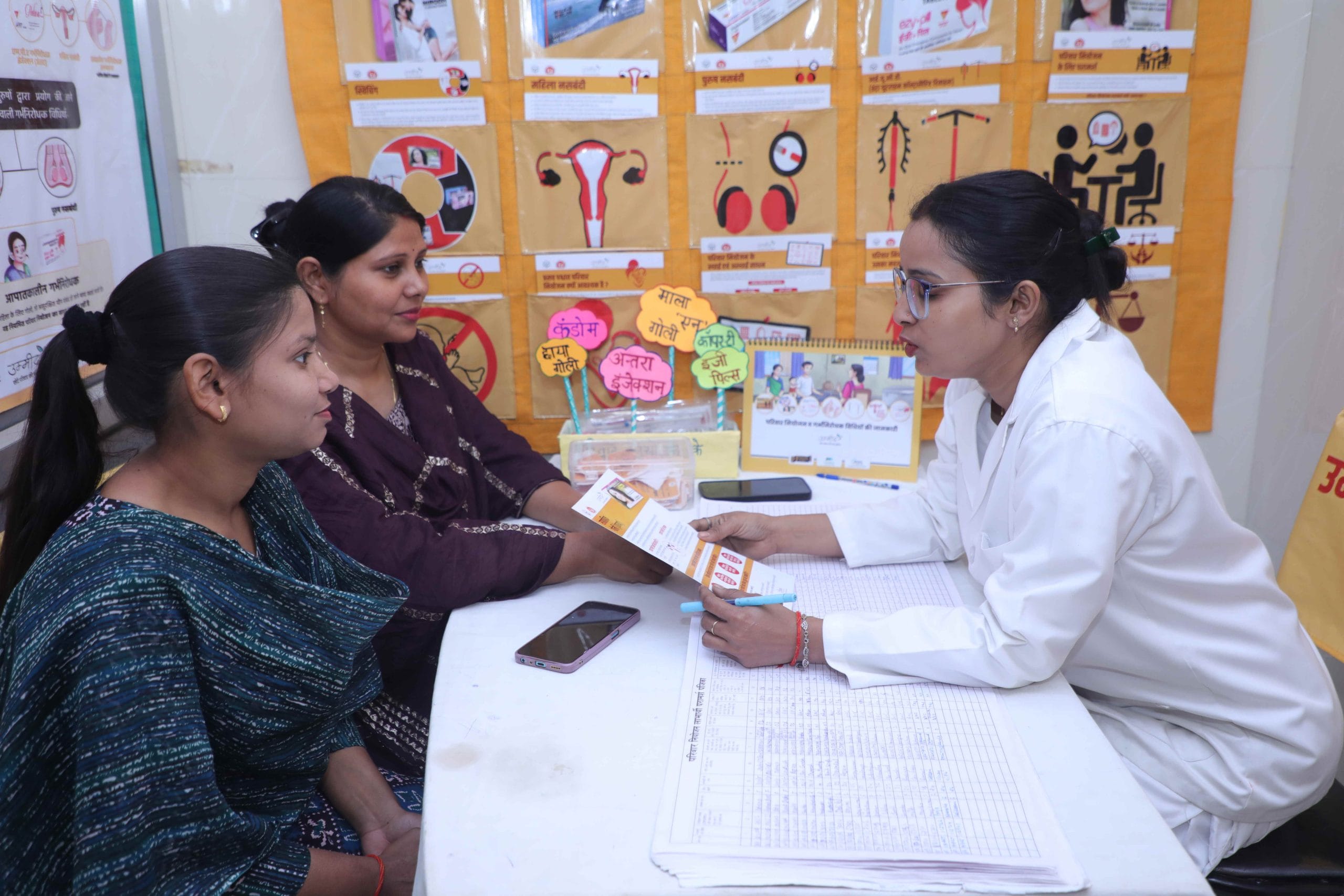India is far from a sex-positive society. In our society and within our households sex remains a taboo. The same percolates in our health industry where sex-positive information is difficult to procure. This active aversion to ‘sex’ results in popular myths about sexually transmitted infections (STIs).
This lack of information on both precautions and treatments results in greater social and economic costs of STIs. One key distinction missed is that STIs are not the result of sex but are only transmitted through sex.
Furthermore, the health industry and whatever information is available is constructed around the Heteronormative idea of sex. Sex is only understood as the act of penetration and thus, results in the popular myth that STIs are only the result of penetrative sex. On the contrary, STIs can be transmitted through oral sex, anal sex, kissing and outercourse.
Transmission of STIs
In India, the lack of information and construction of social taboos have resulted in STDs becoming a national health problem. Recent statistics from National Health Portal show that 30-35 million people suffer from one or more STIs in India.
Popular STIs which can be transmitted through non-penetrative sexual intercourse are herpes, chlamydia, gonorrhoea and HPV. A study by WHO shows that 67 percent of people in the world are infected with oral herpes. Good precautions are condoms and dental dams. It is important to be weary that all contraceptions cannot prevent STIs.
STIs are infections that are ‘transmitted‘ through sex, but not always ‘caused‘ by it. Not all STIs are transmitted by traditional penetrative sex but can also be transferred by oral intercourse, anal intercourse, or outercourse that could potentially transfer pubic lice and even by kissing. Oral herpes is one such STI. According to the WHO, 67 per cent of people under 50 have the virus causing oral herpes in their bodies
Navigating the health industry
The health industry is difficult to navigate because of social stigma, but there is no alternative to testing. Even if one has been in a long term, monogamous relationship testing continues to be important. Most STIs are treatable but need medication and they don’t simply go away.
Furthermore, not getting STDs treated can result in long-term problems like infertility and pelvic inflammatory disease. STIs also manifest both with physical symptoms like warts and boils and without symptoms. Many adults could be asymptomatic. Regular testing combined with protection in the form of condoms and dental dams can keep sex fun and safe.
Also read: HPV Vaccine, Cervical Cancer, Gaps In Sexual Health Knowledge

We bust a few common myths about STIs:
Myth: STIs are caused by sex
Fact: Heteronormative ideas around sex and sexuality have led us to believe that penetrative penis-in-vagina (PIV) sex is the only kind of sex there is. But that is not true!
STIs are infections that are ‘transmitted‘ through sex, but not always ‘caused‘ by it. Not all STIs are transmitted by traditional penetrative sex but can also be transferred by oral intercourse, anal intercourse, or outercourse that could potentially transfer pubic lice and even by kissing. Oral herpes is one such STI. According to the WHO, 67 per cent of people under 50 have the virus causing oral herpes in their bodies.
Myth: You can’t get an STI from oral sex
Fact: Yes, STIs can very much be transferred by oral sex! STIs such as syphilis, herpes, gonorrhoea, HPV, and chlamydia can be passed from one sexual partner to another during oral sex.
Using a condom or a dental dam is your best bet. While condoms are more commonly available, dental dams might just be a little harder to procure. In that circumstance, a condom cut lengthwise can act as a dental dam.
There’s a lot of stigma and judgement surrounding STIs. Sometimes talking about it with your partner, or even your healthcare provider can be weird, awkward and generally a very uncomfortable experience. But one must not feel ashamed to have a conversation with your partner about having safe sex or asking your doctor about the best way to treat an STI. Information and help both are available
Myth: There’s no need to get tested for STIs if you’re in a long-term, monogamous relationship
Fact: There’s a common misconception that only people with multiple sexual partners or people who are sexually ‘promiscuous’ are the ones who get STIs. That’s not true. First of all, there’s nothing wrong with having multiple sexual partners or ‘being promiscuous. Secondly, it is important to know that anyone can get an STI. While the symptoms of some STIs do manifest physically as discharge or a boil or a wart, other times STIs can be asymptomatic as well. So even if your long-term partner may have an STI, you might not be able to tell by looking at them.
Good sexual health practice is to get tested for STIs more regularly if you’re sexually active. Even if you’re in a long-term relationship, or if you have multiple partners, or if you’re entering a sexual relationship – getting tested for STIs regularly is the best way to protect you and your partner or partners!
Myth: All contraceptive methods prevent you from STIs
Fact: Not all ‘protection’ can protect you from STIs. While a lot of contraceptive methods can effectively prevent unplanned pregnancies, not all of them provide the same protection against STIs. So birth control pills, IUD, implants, pulling out etc. will not guarantee that you don’t get an STI.
Both external and internal condoms are a great way to make sure that you stay safe while having sex. For oral sex, both condoms and dental dams come in handy. No matter the kind of sex you’re having, it is important to know the possible methods through which you can protect yourself from STIs.

Myth: STIs just go away on their own
Fact: It is very unlikely that an STI will go away by itself. Often, not seeking treatment at the right time for an STI can lead to long-term health conditions, such as infertility, or pelvic inflammatory disease (PID).
Also Read: 8 Different Kinds Of Contraception To Use
There’s a lot of stigma and judgement surrounding STIs. Sometimes talking about it with your partner, or even your healthcare provider can be weird, awkward and generally a very uncomfortable experience. But one must not feel ashamed to have a conversation with your partner about having safe sex or asking your doctor about the best way to treat an STI. Information and help both are available.
Many STIs can actually be treated. So get tested regularly, the earlier you are diagnosed, the sooner you can get treatment. So keep on having fun, but make sure you are not just protecting yourself but your partner as well.
About the author(s)
Feminism In India is an award-winning digital intersectional feminist media organisation to learn, educate and develop a feminist sensibility and unravel the F-word among the youth in India.




